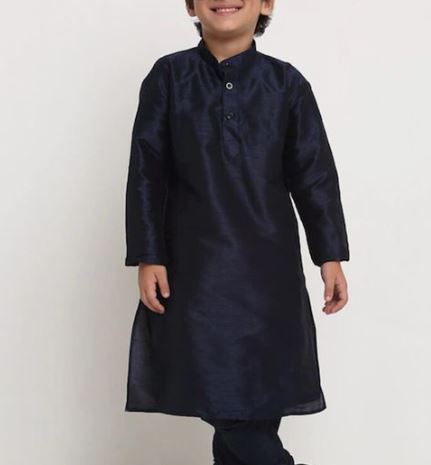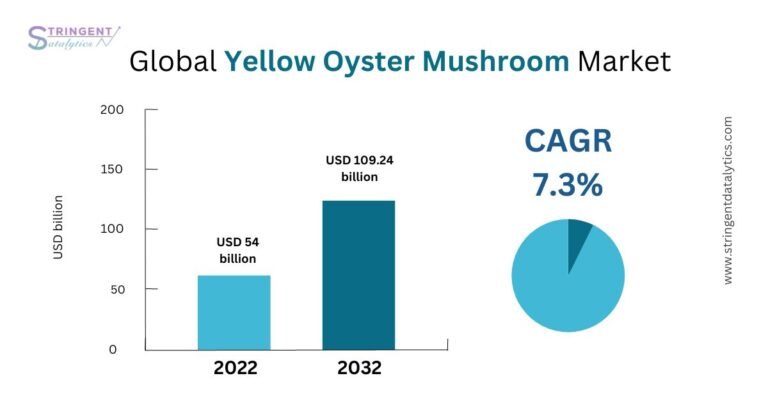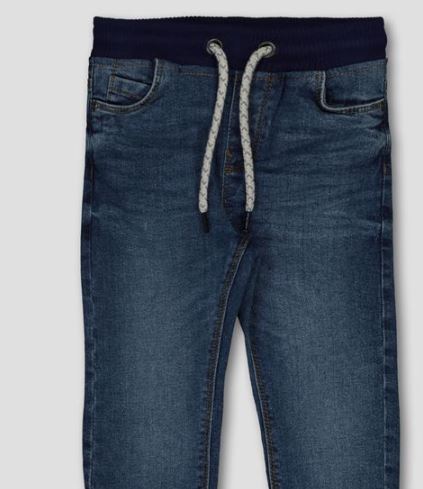
Kurta Pajama: A Timeless Indian Fashion Staple
Kurta pajama, a traditional Indian outfit, has been a symbol of timeless elegance and cultural richness for centuries. This classic ensemble consists of a long tunic-style kurta paired with straight-cut pants, known as pajamas. In this article, we’ll explore the history, versatility, and modern appeal of the kurta pajama, as well as its significance in Indian culture.
Historical Significance:
The kurta pajama finds its roots in the Indian subcontinent, dating back to the Mughal era. Initially worn by Mughal emperors and nobility, it soon gained popularity among the masses. The simplicity and comfort of this attire made it an ideal choice for people from all walks of life. Today, it remains a prominent representation of India’s diverse cultural heritage.
Versatility in Design:
Kurta pajamas come in a wide range of designs, fabrics, and colors, making them suitable for various occasions. While the basic silhouette remains the same, the choice of fabric, embroidery, and embellishments can transform it from a casual daily wear item to an exquisite outfit for weddings and festivals. From cotton kurtas for casual wear to intricately embroidered silk kurtas for special occasions, the versatility of this attire is unmatched.
Regional Variations:
India’s diverse culture and heritage have given rise to regional variations of the kurta pajama. For instance, the Pathani kurta pajama, commonly worn in North India, is characterized by its straight-cut kurta and pajama. In contrast, the traditional Bengali kurta pajama, often seen in East India, features a kurta with a distinctive drape or pleat. Each regional variation adds a unique flavor to this timeless ensemble.
Modern Appeal:
Kurta pajamas have transcended traditional boundaries and are now appreciated globally for their style and comfort. Celebrities and fashion designers have embraced this attire, incorporating it into contemporary fashion trends. The fusion of Western and Indian styles has led to the creation of Indo-Western kurta pajama designs, appealing to a wider audience.
Cultural Significance:
In India, the kurta pajama holds cultural significance beyond just fashion. It is often worn during religious and festive celebrations, symbolizing respect for tradition and heritage. The outfit’s loose and comfortable fit also makes it a popular choice for meditation and yoga practices.
Historical Significance
The origins of the kurta pajama can be traced back to ancient India, where it was initially a form of attire for both men and women. However, over time, it evolved into distinct styles for men and women. The kurta is a long, loose-fitting shirt, while the pajama, a comfortable pair of trousers, accompanies it. This outfit has historical roots in the Mughal era and reflects a fusion of Persian and Indian styles. It was embraced by Indian royals and eventually became popular among the masses.
Enduring Appeal
The kurta pajama’s timeless appeal lies in its versatility and comfort. Men of all ages and backgrounds can effortlessly carry off this attire. It offers freedom of movement, making it suitable for both formal and casual events. Furthermore, the ability to mix and match different kurtas and pajamas allows for a myriad of looks with the same basic pieces.
The Origins of Kurta Pajama:
The roots of the Kurta Pajama can be traced back to the Indian subcontinent, where it has been worn for centuries. The term “kurta” refers to the upper garment, while “pajama” denotes the lower part. Historically, this attire was designed for comfort and ease of movement, making it ideal for the diverse Indian climate and lifestyle. The Kurta Pajama was favored by both royals and commoners, emphasizing its versatility.
Cultural Significance:
The Kurta Pajama is not just a piece of clothing; it is a representation of Indian culture and tradition. Different regions of India have their unique styles and variations of the Kurta Pajama, showcasing the rich diversity of the country. For men, it is often worn during religious ceremonies, weddings, and other cultural events. Women have also embraced this outfit, adapting it to their personal style while preserving its cultural significance.
Conclusion:
The kurta pajama remains an iconic representation of India’s cultural and sartorial heritage. Its rich history, versatility in design, regional variations, and modern appeal make it a timeless fashion staple. Whether you’re attending a traditional Indian event, looking for comfortable daily wear, or simply exploring the beauty of ethnic fashion, the kurta pajama is a choice that never goes out of style.



